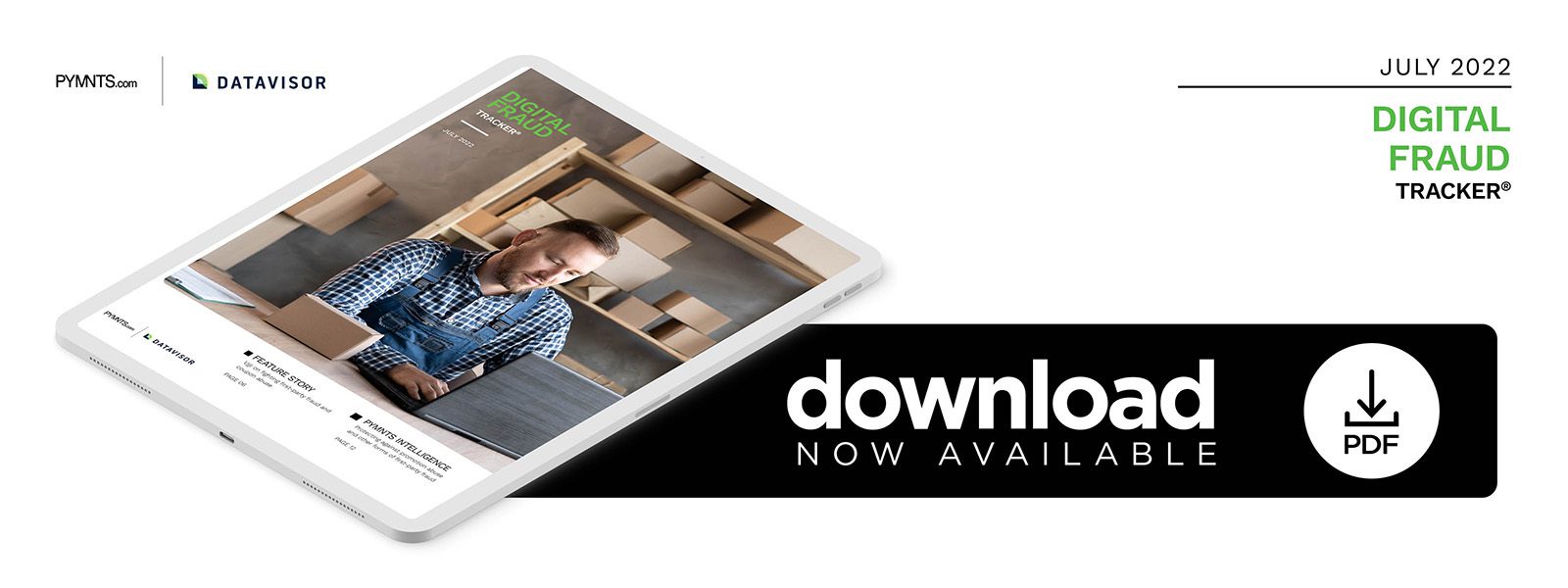Ujji on Fighting First-Party Fraud and Coupon Abuse

In the July “Digital Fraud Tracker®,” Jake Doering, founder of wellness drink company Ujji, tells PYMNTS how dynamic discount codes and tailored communications can help companies prevent the growing number of consumers who abuse merchant policies.
Fraudulent abuse of coupons and promotions has become so commonplace in the retail industry that some merchants make room in their budgets to allow for projected losses.
Larger retailers have many different items on their shelves or warehouses, so these retailers can make up this lost revenue in other areas, but for smaller retailers and specialty online merchants with limited wares, first-party fraud can take a serious chunk out of the bottom line. It can siphon off critical capital if it happens too often, and the worst part is that it can be impossible to catch those responsible, so many companies invest a lot of time and money to keep it from happening.
“It just came down to being an attentive founder who is looking at orders each day, and I saw something come in and was able to cancel the order before it was fulfilled,” said Jake Doering, founder and creative director of ujji, a provider of plant-based wellness drinks.
Doering’s run-in with first-party fraud came in the form of an unknown fraudster who found an expired promotion that the company ran when it was a fledgling merchant on Shopify.
“That was not on our website and not sold explicitly, but somehow the customer was actually able to locate that,” Doering told PYMNTS in an interview. “So, the question is: ‘How did they find our unlisted products that we can only see on the back end?’”
Product and Price Integrity: The First Line of Defense
Doering said promotions fraud and chargebacks are exceedingly common problems for many brands. Combating these issues comes down to finding the right tools, such as coupons specifically designed with complicated coding strings that expire after one use and software that detects chargeback abuse.
He said his company is fortunate to suffer less of this experience than larger brands and can concentrate more on creating the best customer experience — a circumstance he ascribed to offering premium quality at a fair price.
Doering said his company focuses on making one product so effective that he offers a 30-day refund guarantee, even if the customer uses a portion of the product. This poses a risk: Unlike clothing retailers that can return a garment to the shelf for sale, a refunded product means lost revenue. Nevertheless, the refund rate on his products is less than 1%.
“There’s no vetting process or verification, as they just email us and we immediately refund everything, so for us, it’s about trusting that the product is amazing,” he said. “The best way to encourage someone to buy a product is to literally guarantee that they’ll like it and, if they don’t, to just give the money back. But in order to do that, you have to first build a best-in-class product.”
To ensure his company is not a target of first-party fraud, Doering said he rarely offers promotions and tries to maintain the fairest price he can to make ujji enticing to customers without offering discounts.
“I think maintaining price integrity is kind of the first line of defense,” he said. “If you don’t run a ton of promotions and you stay true to your fair price and offer it to the best customers, then you have a lot less to worry about.”
Fighting First-Party Fraud Through Tailored Communications
With the increase in eCommerce retailers on mobile platforms, Doering said that brands must be more vigilant to ensure fraudsters do not take advantage of fewer in-person touch points to commit first-party fraud.
He said that strategies such as using dynamic discount codes with personalized use limits, for example, are safer than “one-size-fits-all” coupons that anyone with internet access can find on coupon sites. These coupons can sometimes work despite a stated expiration date and can force a company to offer the discount to keep the customer happy.
In addition, tailored communications with customers can help cut down on fraud. Many brands will send email “blasts” to a multitude of customers at one time with generic codes, he said. Inevitably, at least one recipient will try to take advantage of a coupon by using it more than once or “stacking” it with other coupons to get multiple discounts.
The success of any eCommerce business in the future, especially those without a brick-and-mortar presence, will depend on merchants’ ability to know and understand their customers and match their needs. Coupon and promotions abuse will always be an existential threat to a retailer, but employing the right policies and technology can mitigate the dangers that businesses face.

